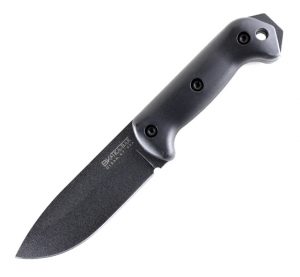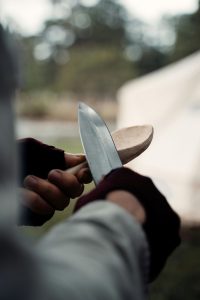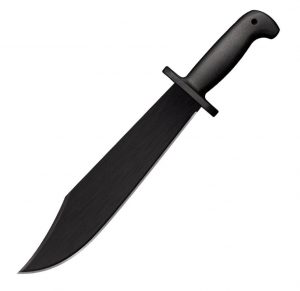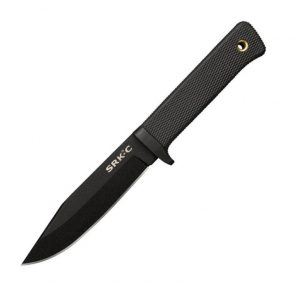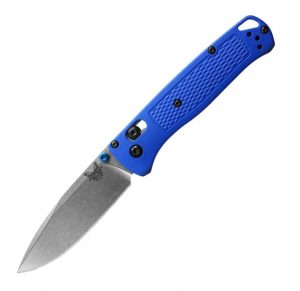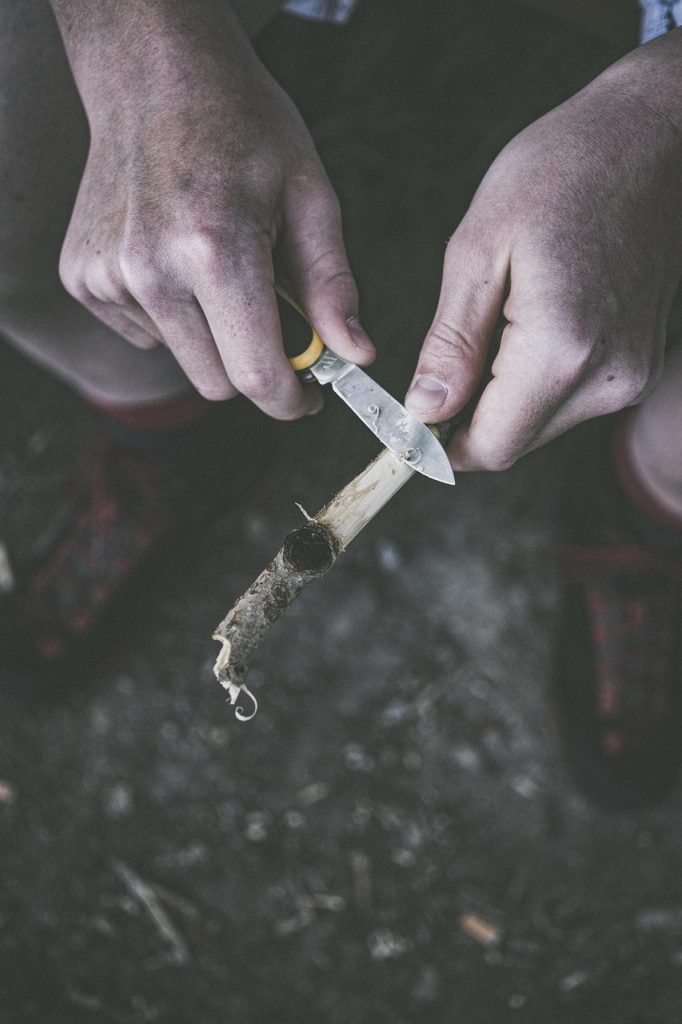
This post was originally published in 2018 and has since been updated yearly to reflect newer and better models.
Disaster can strike anytime anywhere.
Your car might suddenly careen off the road before landing upside down in a creek or your clothing could get trapped in an escalator unexpectedly.
In either situation, only a knife can save you from certain doom. While any knife can save someone in a pinch, manufacturers have seized the opportunity to create models specifically designed to aid in a rescue.
So we compiled a list of 10 of the best rescue knives. These come in all designs and styles, from small folders to massive fixed blades.
Take a look and let us know your favorites.
1. Kershaw Funxion
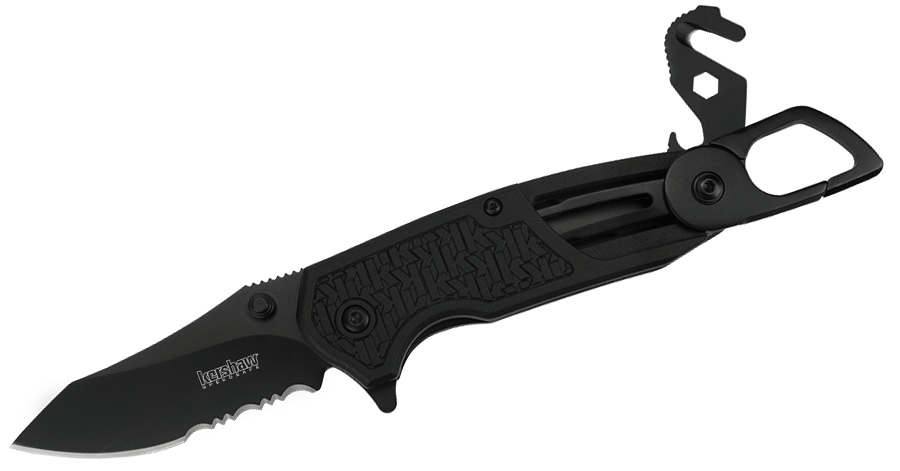
The Kershaw Funxion EMT is an updated version of the knife with a feature-rich design. The knife comes with a 3-inch partially serrated blade that deploys with the SpeedSafe assisted-opening mechanism.
Hidden within the K-texture GFN handle is a carabiner clip, hex wrench, cord cutter, glass breaker tip, and screwdriver tip. This is a nice multitool to carry that would come in handy in the event of an emergency. This knife is particularly useful for an EMT or medic.
BUY
2. Spyderco Assist
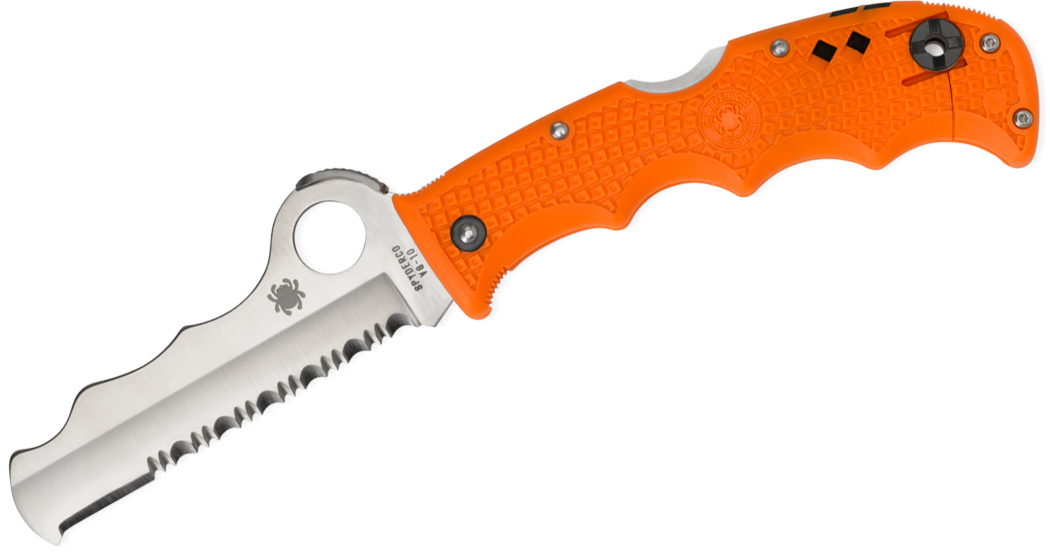
Spyderco makes some bizarre knives, but there’s no denying they’re great at their job. The Assist is no exception.
Continue reading
